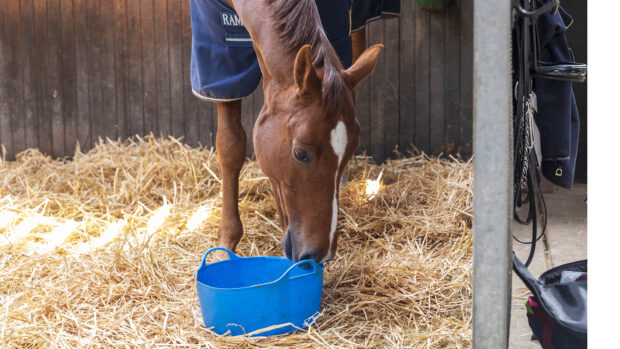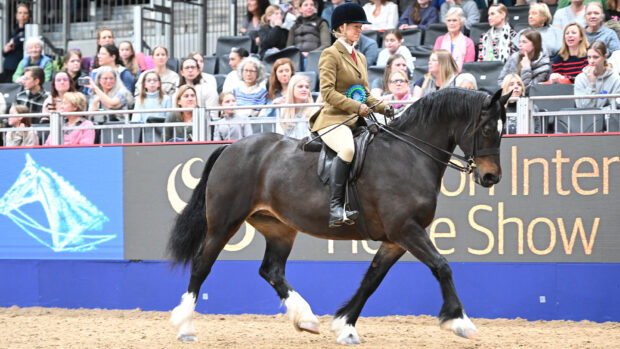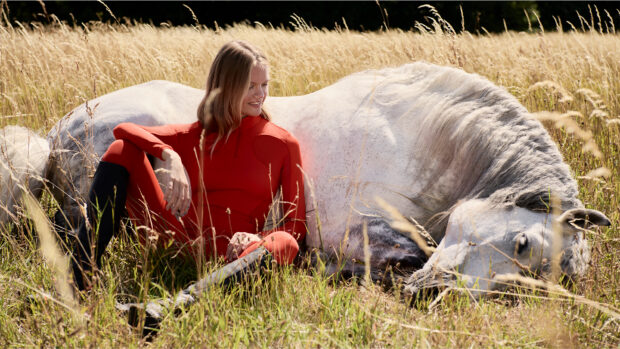It is believed that pugs originated in China, where short-faced diminutive breeds were in vogue way back in the times BC, beloved of both monks and rulers. This makes them one of the oldest canine breeds. They arrived in Europe in the 16th century, alighting in the Netherlands thanks to traders, and quickly became popular among the aristocracy.
William of Orange, who began his life in the Netherlands, brought pugs with him to England when he succeeded to the throne – so increasing the breed’s popularity among aristocrats across Europe, from Queen Victoria to Napoleon Bonaparte. To this day, the pug is much loved as a companion breed with people of all social strata. They are a generally a happy little breed, content in either town or country.
A stocky, little dog, the pug has earned the nickname “multum in parvo” – meaning there’s a lot of dog in a small package. Their scrunchy, wrinkly faces are full of character, with beseechingly expressive eyes.
They are a brachycephalic breed, meaning they have a shortened head and the nose has a pushed-in appearance, which can give rise to breathing problems. This may also be the reason for their rather endearing grunt as a form of communication.

Pugs always have a black mask – if they are not solid black
Pug: fact file
Kennel Club breed group: toy
Size: small; max weight 8.1kg
Daily exercise: an hour per day
Coat: short; shedding
Colours: fawn, apricot or silver with a black mask, or plain black.
Lifespan: more than 10 years
Bark: they are not big barkers compared to many toy breeds, but they have a range of other noises, from snuffling and huffing to grunting. Sleeping rather than being hyper-alert is much more their priority.
Distinctive features: short head with a pushed-in nose and a wrinkled face, with large eyes. Their bodies are compact and muscular.
Temperament: sweet-tempered, happy and lively, with charm and intelligence.
Things to consider: due to their brachycephalic facial structure, they are subject to respiratory problems. Their throats and breathing passages can be flattened, which obstructs their air flow, so they need careful monitoring. Don’t let them get overweight (they typically love food!), and need regular but modified exercise to prevent them panting. Avoid hot weather, or high temperatures in the home, as this can exacerbate any issues.
The folds of skin in their wrinkles need to be kept clean to prevent infection and bacterial growth.
Be aware that pugs find it hard to swim, due to their body shape.
Training: pugs are considered fairly straightforward to train on a low-key basis (manners, house-training) because they love to please their owners. However, they do have a stubborn streak, and are not bred for sport or to perform, like gundogs, pastoral breeds and hounds, so don’t set your expectations too high.

The Owner’s Guide To Pugs | Amazon
This book contains insight from 37 expert pug breeders to create the ultimate owner’s guide to the breed with all your frequently asked questions answered in one place.
You may also enjoy reading…

6 of the best small beds for little dogs

Does your pooch make the cut? The 15 most popular dogs in the UK – and some may surprise you

10 of the most expensive dog breeds in the world – how does your pooch measure up?

What does it really cost to own a dog? Horse & Hound does the maths…

Subscribe to Horse & Hound magazine today – and enjoy unlimited website access all year round
Stay in touch with all the news in the run-up to and throughout the Paris Games, Burghley, HOYS and more with a Horse & Hound subscription. Subscribe today for all you need to know ahead of these major events, plus online reports on the action as it happens from our expert team of reporters and in-depth analysis in our special commemorative magazines. Have a subscription already? Set up your unlimited website access now




